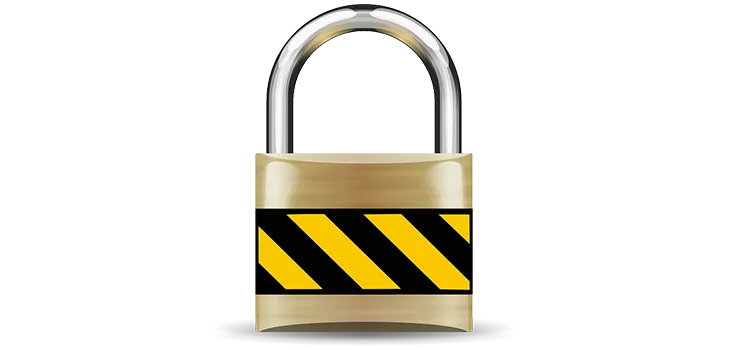ETFs in Australia are regulated by the Australian Securities and Investments Commission (“ASIC”) as registered “managed investment schemes” (“MIS”) which means ETF issuers are governed by a detailed and strict set of regulations regarding the management of assets. To understand how safe ETF assets are, we need to understand the MIS rules – the laws which apply not only to ETFs but also to most traditional managed funds, and the fund’s constitution or governing rules.
A strict set of standards
MIS rules impose strict controls on what the fund provider can do with the MIS assets including only being able to buy and sell assets in accordance with the investment rules set out in the fund’s constitution and Product Disclosure Statement (“PDS”).
As an investor, this means once your money has been deposited to the investment manager, it can only be used for the specific purpose outlined in the PDS.
The MIS rules also require the assets owned by the MIS to be held on trust for the benefit of investors and held separately from the assets of the ETF issuer, the assets of any other fund and the assets of the custodian appointed to hold the assets. The assets cannot be transacted, moved or altered in any way other than by the authority of the issuer (the trustee) of the fund.
What happens if an ETF issuer ceases business?
If the ETF issuer ceases business, the assets will continue to be held for the ultimate benefit of investors. The assets do not form part of the personal assets of the ETF issuer and are not available to any creditors of the ETF issuer.
A business failure at the level of the ETF issuer won’t have any impact on the security of the assets, ultimately the investors’ funds held in the MIS. If this were to occur, a new manager would be appointed and the MIS would continue to operate. Alternatively, if the MIS were to be wound up, the liquidator would sell the assets of the MIS, and the net proceeds would be paid to the MIS unitholders in proportion to the number of units they held.
This illustrates how the MIS rules operate to separate the assets of the fund from the operator of the fund and also illustrates why MISs are commonly considered to be subject to the highest level of investor protection regulation available for Australian investors.
This post was originally published at the BetaShares Blog at www.betasharesblog.com.au/how-safe-are-my-etf-assets
